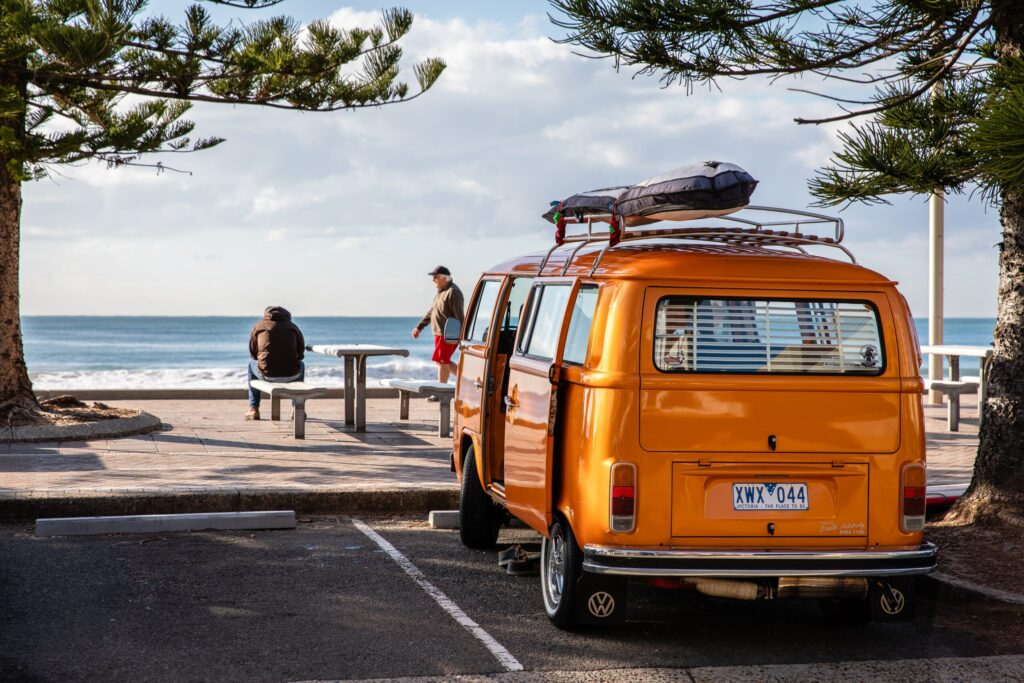One of the great blessings of being physically and financially fit in later life is the ability to travel. For couples with both partners in good health, the traditional model works: book a travel package or a cruise, stay in fine hotels, take lots of pictures and return to the nest.
For the next wave of seniors, however, this picture is shifting. Among Boomers, there’s a boom in gray divorce. Or someone may be a silver single due to losing a spouse, yet still long to travel, seeking a safe as well as enjoyable experience.
Millennials may have the key: new nomadic ways to live “location independent” (L.I.). Their solutions can work for the silver set.
Hotels Are So 20th Century
A number of emerging sites offer a creative way to travel at a much more comfortable level than couch surfing or hostels. These innovative businesses are a nexus of work, travel, and adventure, providing both connection and potential companionship — an attractive invitation for seniors traveling solo, as well as with friends and spouses.
Though mature travelers may not desire to be fully L.I. like their younger counterparts, living nomadically in spurts is eminently possible with a reverse mortgage. While a senior with a HECM must maintain their home base as their primary residence, extended stays elsewhere are fine; each return to the house ‘resets’ the clock for absences.
And that’s good news for those who own a home and choose to apply for a HECM. Because living as a short-term nomad has never been more appealing — or accessible. Consider these options:
Romancing the Road
 Roam provides high-end co-work/co-live spaces in desirable destinations such as San Francisco, Bali, and Tokyo, with other locales in development. Someone retired, semi-retired, or whose work is fully remote, can enjoy privacy and comfort among a diverse community for a week, a month, or longer, then return home refreshed.
Roam provides high-end co-work/co-live spaces in desirable destinations such as San Francisco, Bali, and Tokyo, with other locales in development. Someone retired, semi-retired, or whose work is fully remote, can enjoy privacy and comfort among a diverse community for a week, a month, or longer, then return home refreshed.
Behere describes itself as the platform for women to live in cities around the world, without long-term contracts or obligations.
It might be an older woman’s answer to traveling alone: a foreign living experience that provides carefully curated, fully furnished apartments close to city centers, with a vetted city host, workspaces — even a fitness membership. With this flexible foundation, a senior woman can live in a new city, one month at a time, immersing herself in the local culture and community to the degree she chooses.
Then there’s Unsettled, which, as it name implies, is designed for those in transition. The Unsettled experience offers retreats in locations from Tuscany to Morocco, Buenos Aires to Bali, and features an inclusive global community that includes entrepreneurs, freelancers, or anyone who is seeking new perspectives, inspiration and growth. Since many Boomers fall into one or all of these categories, Unsettled might call to them as a different sort of travel adventure.
Traveling Safely: Wallet Medical Cards
So a senior decides roaming the third millennium way sounds appealing, and proceeds to use some of their HECM proceeds for a grand adventure. Are they prepared for what might happen in a foreign city — even if it’s within U.S. borders?
Don’t be a walking medical mystery, counsels speaker Dick Schaaf, who travels frequently for business. He says, “Anyone who travels may someday find themselves in need of medical assistance. But if you’re alone, and unable to answer even basic questions about your health at the moment of need, valuable time can be lost — and potentially fatal mistakes can be made — while first responders and medical personnel try to figure out what to do.
“For years, my wife and I have carried homemade medical info cards in our wallets. Mine has my name, date of birth, my cellphone number plus hers, a list of all my medications (correctly spelled name, dosage and frequency), plus my blood type, known allergies, insurance providers (no account numbers, though), and the fact that I’m an organ donor.
“I print six business-card-sized cards with all of this information on card stock. One copy goes in my wallet. One of mine goes in my wife’s, with one of hers in my wallet, too. Other copies go into travel carry-ons plus our passports, and we keep a set on our desks, which greatly simplifies updating medical information when we’re talking with our physicians, dentists, etc. I date the cards each time I update and reprint the info so we always know we’re carrying the most current versions.”
“Surbia”: A New Idea?
Despite the sense most of us have that the homes we inhabit are typical of life in America, the concept is scarcely a century old. Bruno Haid, the founder of Roam.co penned an enlightening read about the evolution of American housing.
Home today is less where one’s mortgage (or reverse mortgage) is, and more about the lives we live in them, regardless of location, he says. This is what’s given rise to the spate of new short-term co-living environments.
Once all the particulars of how we may live are handled with a high degree of efficiency, we can focus on the experience — what it really means to have “the time of our lives”.
This quest to redefine “home” has also given rise to surban communities, a portmanteau of suburb and urban (or just a contracted form of suburban). In an era when cars are much less essential than they use to be, with rides available at the swipe of a smartphone, this form of mixed use living, which weds the best of cities and suburbs, is attractive to many retirees.
And with a surban setting and HECM available, the next adventure beckons.






No comment yet, add your voice below!